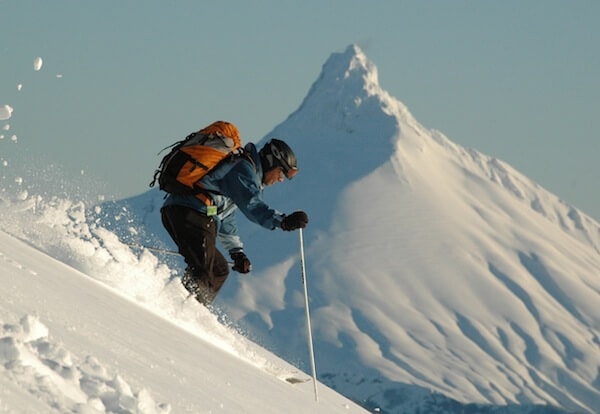
Villarrica, the most famous of them all, is a classic conical-shaped volcano, live, with an open top. On reaching the crater you’re presented with an amazing contrast of molten lava on the inside at a temperature of 700 celsius – yet perfect snow on the outside.
Although Chile is 4300km long it’s never wider than 240km, so all the volcanoes are close to the coast. This means a high level of precipitation and the snow sticks and bonds well.
In all our travels to the southern volcanoes I have never seen an avalanche. However that’s not to say there will never be one, so you take the same precautions as you would skiing anywhere off-piste. Same group management, same level of care and safety equipment, tranceiver, shovel and probe . And don’t forget to check your ski insurance covers you in the more remote locations.
What about the snow?
The great thing about volcanoes is that they’re round. So you take the lift as high as you can. Traverse, pick your line and enjoy. The high precipitation means that the snow has a higher than usual water content, so deep powder is rare but the quality of the snow is excellent and you don’t have to go looking for powder as you would in Europe.
You can ski everywhere on the volcano, whatever aspect you want, whatever steepness. Heavy breakable crust, the skier’s nightmare in Europe, is unknown on volcanoes. The surface is generally smooth and easy to ski. We’ve taken skiers to the volcanoes with relatively limited off-piste experience and they’ve been able to ski everywhere.
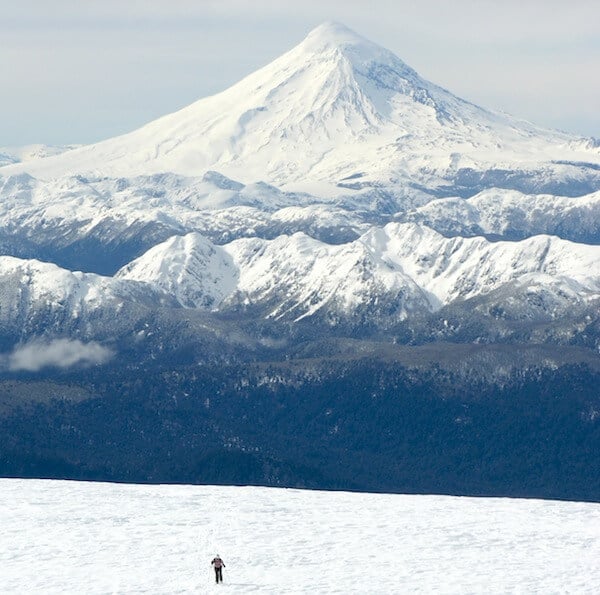
When is the best time to go volcano skiing?
Like December in Europe and North America, snow-cover in June can be uncertain. Normally, the best powder conditions are found in July and August. Balmier weather in late September and earlier October suits sightseeing elsewhere in the country before or after skiing in the Andes.
There are two trips available, which I lead together with former Olympic ski racer, Emma Carrick-Anderson, both lasting 14 days and each with a different slant on Chilean skiing. The first, from August 18, combines spectacular scenery with local culture. You stay in some extraordinary places and visit the resorts in the lakes and volcanoes district.
The second trip, starting on September 1, is designed for those for whom skiing is their priority. The focus is on skiing from the summit of seven different volcanoes, staying in cabin-style accommodation complete with chef and guided by both Snoworks instructors and a local mountain guide. The combination of ‘all mountain’ instruction and guiding from myself and the Snoworks team, together with the unique cultural experience found in Chile, makes volcano skiing a special experience for anyone who takes their skiing seriously.


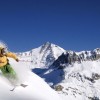

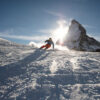






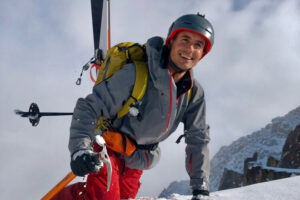
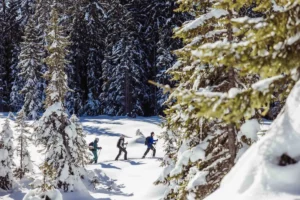
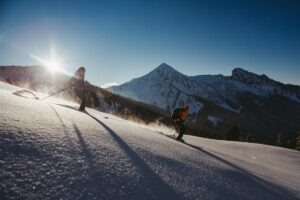
Can’t wait to do this! #bucketlist https://t.co/0LhIRFPS
RT @welove2ski: How to Ski a Volcano: https://t.co/zFASucmz
RT @welove2ski: How to Ski a Volcano: https://t.co/zFASucmz
RT @welove2ski: How to Ski a Volcano: https://t.co/zFASucmz
RT “@welove2ski: How to Ski a Volcano: https://t.co/WIqIxTG8” “I mean if you never have or anything….”
How to #Ski a Volcano https://t.co/jUnsI68Y via @welove2ski
RT @welove2ski: How to #Ski a Volcano: https://t.co/4xXfZAWO #chile @snoworks
RT @crystalski: How to #Ski a Volcano https://t.co/jUnsI68Y via @welove2ski
How to Ski a Volcano https://t.co/Bjz8xZID via @welove2ski
RT “@crystalski: How to #Ski a Volcano https://t.co/4NmbnOul via @welove2ski”
How to #Ski a Volcano https://t.co/74keoNn8 via @welove2ski
How to #Ski a Volcano https://t.co/Bjz8xZID via @welove2ski
RT @welove2ski: How to Ski a Volcano: https://t.co/zFASucmz